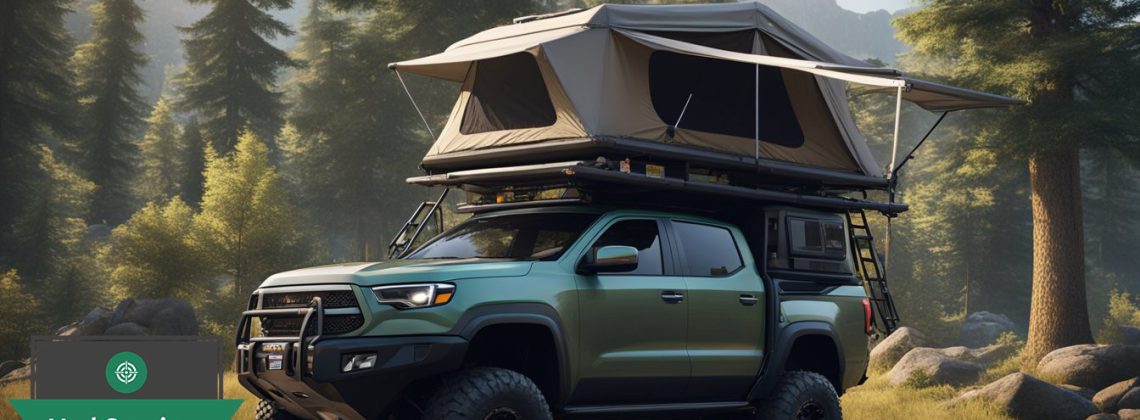
When considering emergency preparedness, one aspect that often comes to mind is the necessity of having a reliable bug out vehicle. This type of vehicle is your ticket out of a danger zone during unforeseen events. You want something robust, with ample storage for your survival gear, and capable of traversing a variety of terrains.
Imagine the peace of mind knowing that you have a prepared transport in the event you need to vacate quickly. The ideal bug out vehicle should carry you and your supplies safely, with enough endurance to get you to your destination. Whether it’s a rugged all-terrain vehicle, a well-equipped 4WD SUV, or even a heavy-duty RV overland unit, your choice should reflect your personal needs and the specific challenges you expect to face.
Images used in this post are artistic 3D renderings
Choosing Your Bug Out Vehicle
When selecting your bug out vehicle, it’s crucial to consider various factors that can affect your escape during an emergency. Each vehicle type comes with its unique set of advantages and disadvantages, and understanding them can help you make an informed decision.
Advantages and Disadvantages of Vehicle Types
Motorcycles/Bikes:
- Advantages: Highly maneuverable, can weave through obstacles, and require less fuel or no fuel at all for bicycles.
- Disadvantages: Limited storage space and less protection from the elements and hazards.
RVs:
- Advantages: Ample living and storage space; can serve as a mobile shelter.
- Disadvantages: Large size can hinder maneuverability; typically less fuel-efficient.
Trucks:
- Advantages: Robust and can handle rough terrain; capable of carrying significant supplies.
- Disadvantages: May be less fuel-efficient; larger models can have difficulty in narrow paths.
Vehicle Size and Maneuverability
Your vehicle’s size directly impacts its maneuverability. In a disaster scenario, you may encounter debris and roadblocks, so consider these characteristics:
- Bug Out Bicycle/Bike: Extremely maneuverable and can bypass most obstacles but offers no protection or cargo space.
- Bug Out Motorcycle: Offers a balance between maneuverability and speed, with moderate space for gear.
- Bug Out RV/Truck: Substantial space and comfort, but may struggle in narrow or congested areas.
Fuel Efficiency and Range
The last thing you want to worry about in an emergency is running out of fuel. Here’s a look at fuel considerations:
- Bicycles: Require no fuel, but your range is limited by physical stamina.
- Motorcycles: Generally offer good fuel efficiency and a decent range. Consider carrying extra fuel.
- RVs/Trucks: Typically consume more fuel; prioritize vehicles with larger tanks and better mileage.
Thinking through each of these factors will guide you to the bug out vehicle that best suits your needs in an emergency. Choose wisely to ensure you have the right balance of speed, space, and sustainability.
Essential Features and Modifications
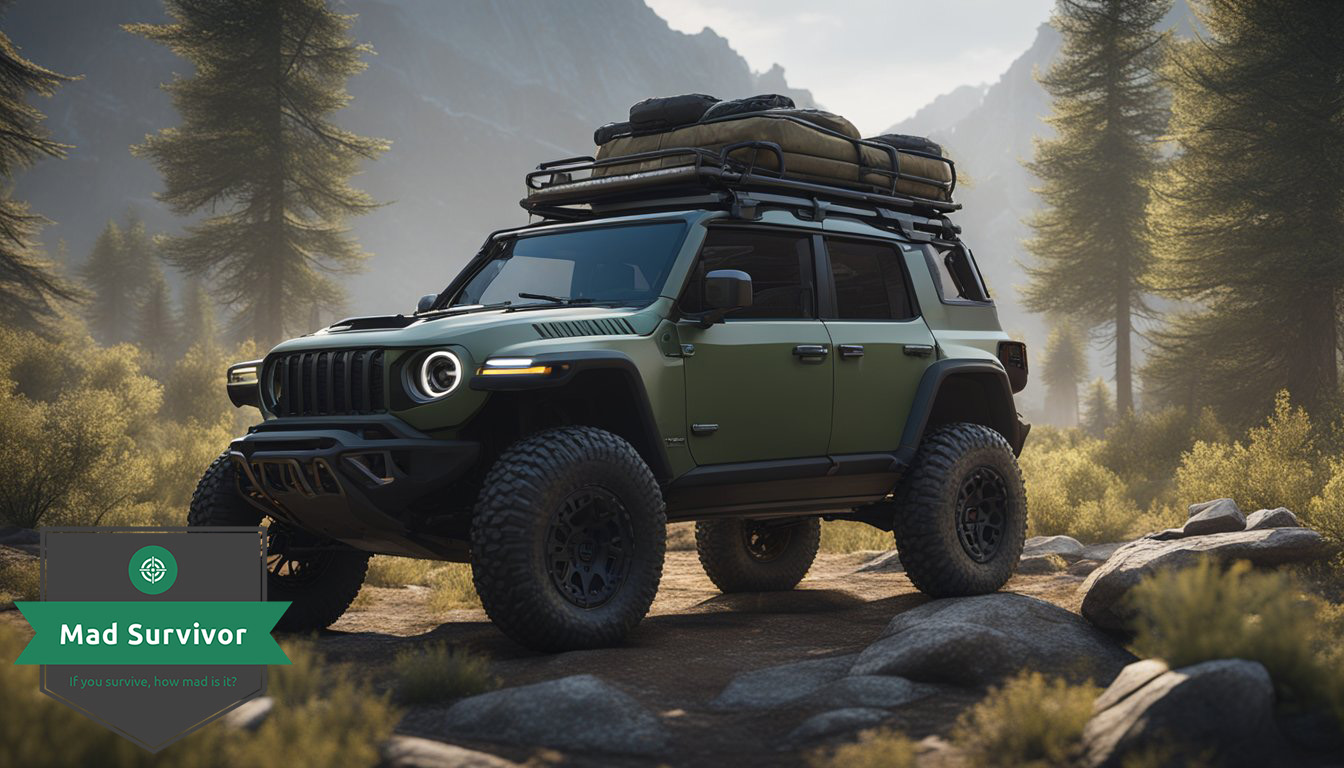
When you’re considering bug out vehicle ideas, focusing on essential features and modifications will ensure that your vehicle is equipped for any emergency scenario.
Off-Road Capabilities
Your bug out vehicle will need to tackle various terrains, so it’s crucial to fit all-terrain tires for grip and durability. Moreover, an enhanced suspension system will allow for greater ground clearance, and a 4-wheel drive transmission is advisable for superior traction.
- Tires: All-terrain
- Suspension: Upgraded for clearance
- Transmission: 4WD recommended
Storage Solutions
Maximizing storage while maintaining organized space is key. Install roof racks or cargo baskets to expand exterior storage and consider modular interior shelving units to keep supplies accessible and orderly.
- Exterior: Roof racks, cargo baskets
- Interior: Modular shelving, compartments
Survival and Emergency Equipment
Your bug out vehicle should be a mobile survival kit. Equip it with a high-quality winch for recovery situations, you can also consider adding tactical armored plating for protection. Include a designated “go bag” containing essential items like water, food, first-aid supplies, and tools for quick access.
- Winch: High-quality with rated capacity
- Armor: Tactical plating for safety
- Go Bag: Packed with survival essentials
Maintenance and Upkeep
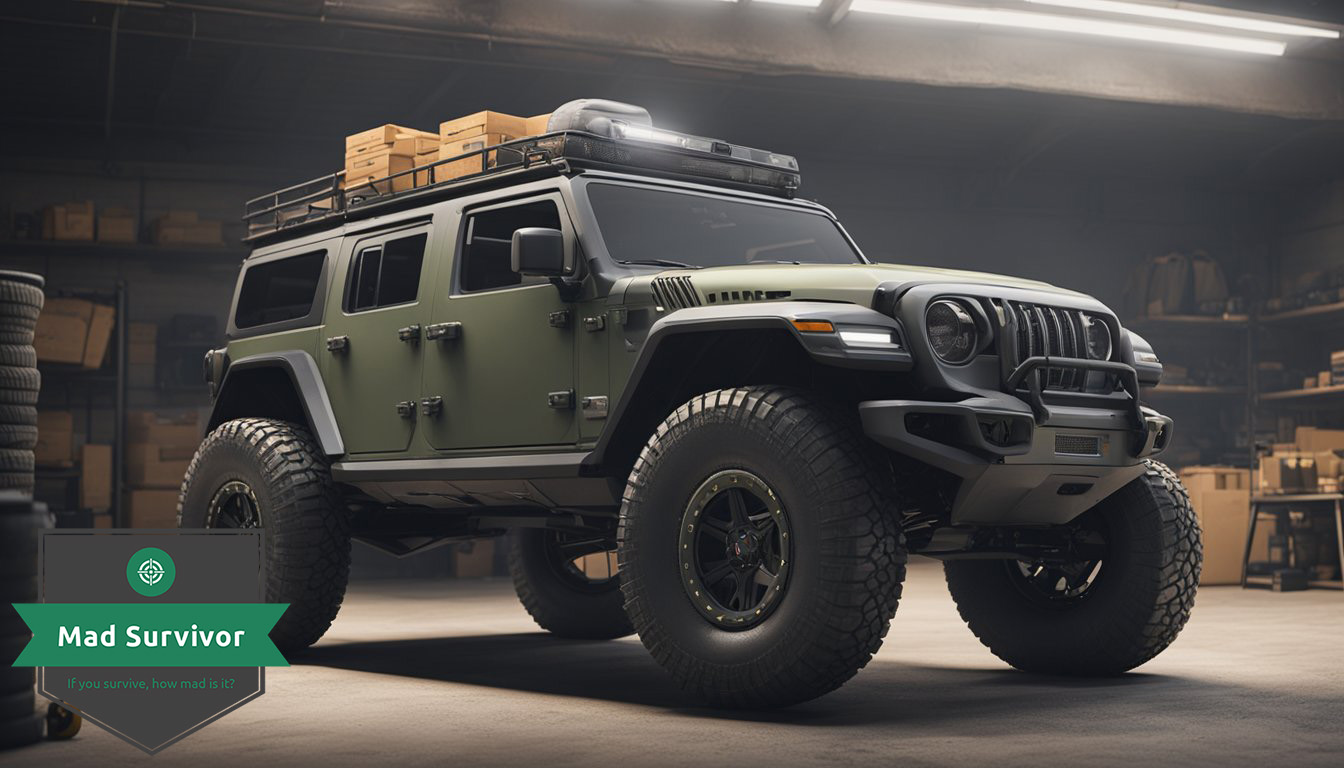
Ensuring your bug out vehicle is in top running condition requires regular maintenance and a good understanding of DIY repair tips. It’s crucial for your safety and the vehicle’s reliability in an emergency.
Regular Vehicle Maintenance
Routine Checks & Replacements:
- Oil and Filter Change: At minimum, perform this maintenance yearly.
- Fluid Levels: Regularly check and top up fluids such as brake, power steering, coolant, and transmission.
- Tire Pressure: Monthly pressure checks are essential for optimal performance and fuel efficiency.
Fuel Considerations:
- Keep the tank full to avoid moisture accumulation.
- Fill up in the morning when cooler temperatures mean denser fuel.
DIY Vehicle Repair Tips
Toolkit Essentials:
- Socket set
- Wrenches
- Screwdrivers
- Pliers
- Hammer
- Multimeter
Common Repairs You Can Learn:
- Changing a tire
- Replacing air filters
- Swapping out light bulbs
Remember: Having a well-maintained bug out vehicle can make all the difference during an emergency, so prioritize these upkeep tasks.
Legal Considerations and Documentation
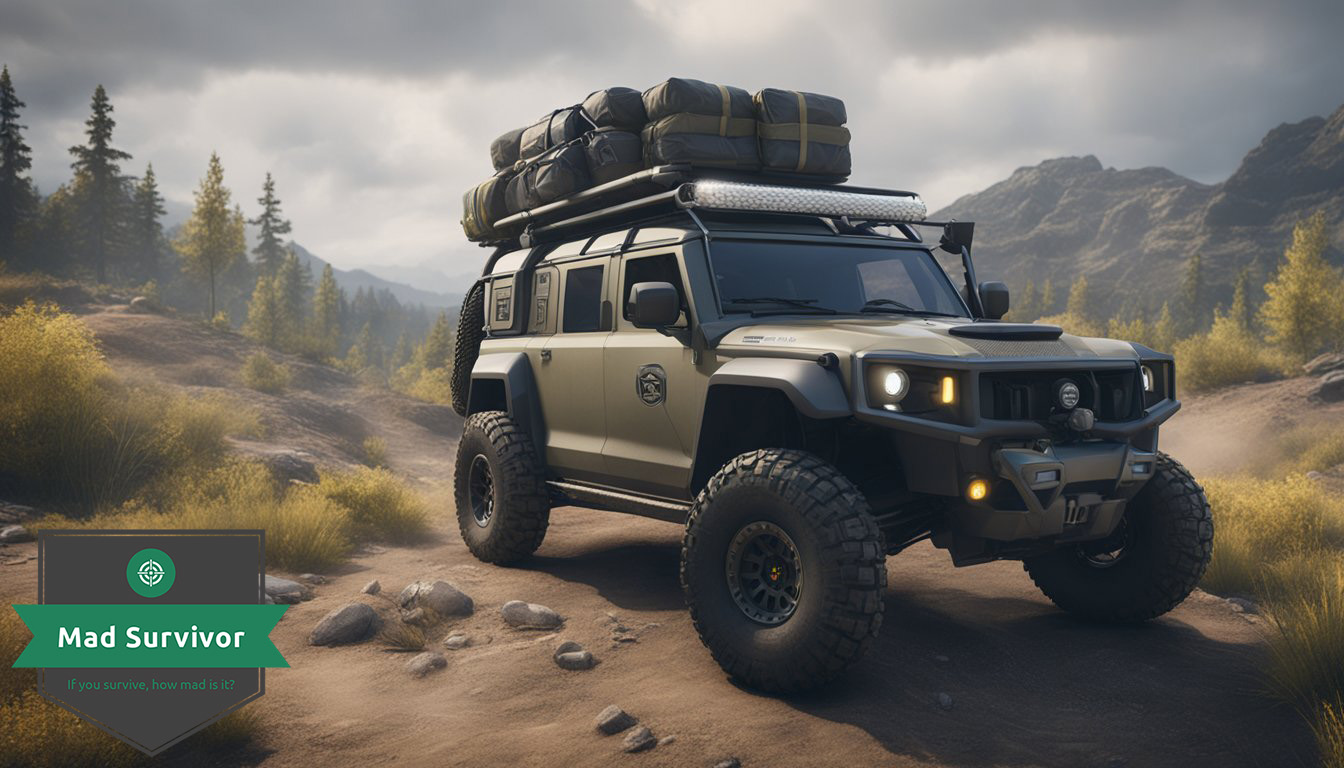
When considering your bug out vehicle, you must pay close attention to the legal requirements and necessary documentation. This ensures you’re ready to go without legal hindrances in an emergency. You will likely use this vehicle at times before any disaster strikes, so it needs to be street legal.
Registration and Insurance: Your vehicle should be properly registered and insured. Keep a copy of your vehicle registration and proof of insurance in a waterproof bag to avoid damage.
- Vehicle Registration: Up-to-date and accessible
- Insurance Documents: Ensure they cover any modifications made to your vehicle.
Driver’s License: A valid driver’s license is critical. If your license is near expiration, renew it as soon as possible to avoid issues.
Ownership Documents: These indicate you legally own the vehicle. Ensure you have the title or bill of sale within your important documents.
| Document | Purpose | Location |
|---|---|---|
| Driver’s License | To legally operate the vehicle | On Your Person |
| Registration | To prove vehicle registration | Glove Compartment |
| Insurance | To cover accidents and liabilities | Glove Compartment |
| Ownership Papers | To prove ownership | Safe, but accessible |
Additional Permits: Some areas may require special permits for off-road or oversized vehicles. Research and obtain any that apply to your bug out situation.
- Off-Road Permits: If you’ve modified your vehicle for off-road use, certain trails may require permits.
- Oversized Vehicle Permits: Check if your vehicle requires special documentation due to its size or modifications.
Lastly, ensure your documentation is current and reflects any modifications or changes made to your bug out vehicle. This keeps you on the right side of the law, no matter where your journey takes you.
Training and Preparedness
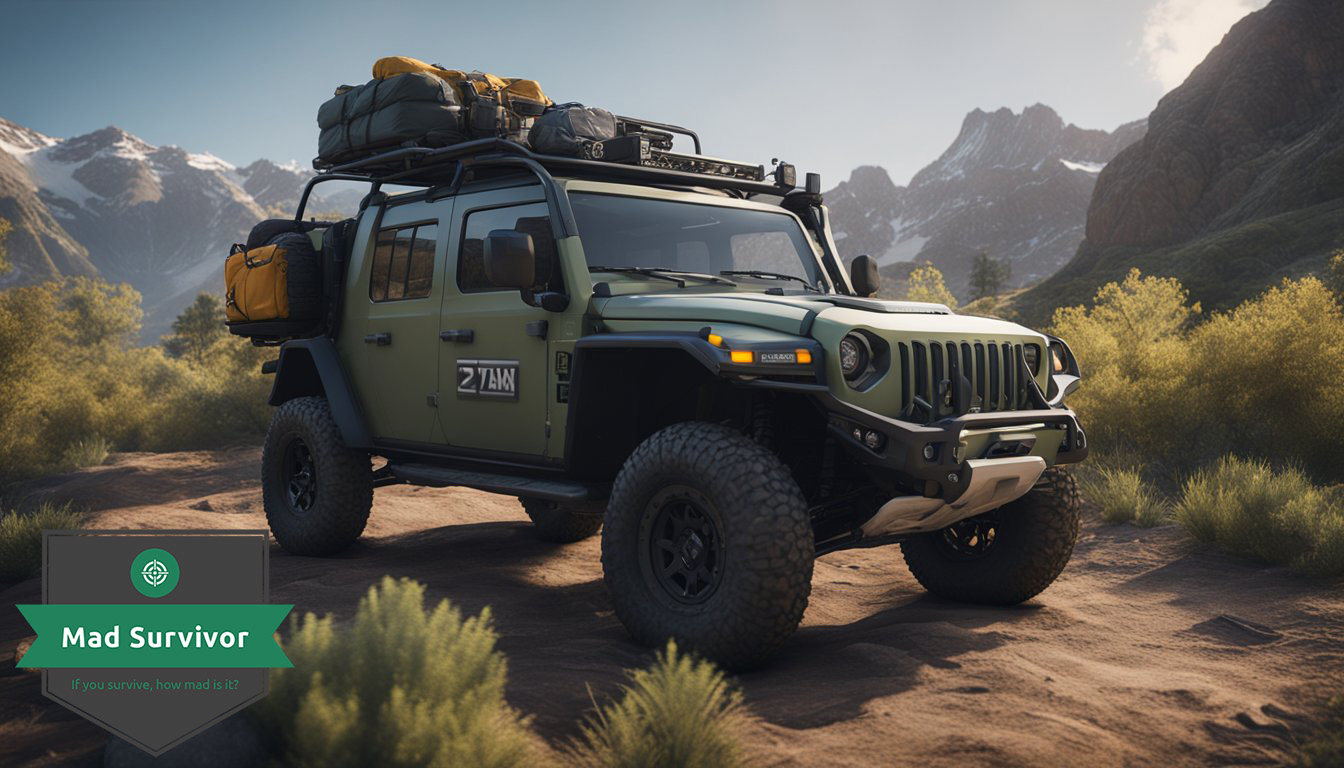
When considering bug out vehicle ideas, your knowledge and preparedness are just as vital as the gear you pack. Training is key to ensuring your safety and success during an emergency evacuation.
Driving Skills and Off-Road Training
Mastering control of your vehicle is crucial, especially in varied terrain that may be encountered during a bug out scenario. Engage in:
- Off-road driving courses: Learn how to navigate through challenging landscapes.
- Defensive driving: Develop quick reflexes and decision-making skills.
Navigation and Route Planning
Effective route planning can mean the difference between reaching a safe location or getting stranded. Focus on:
- Using GPS devices and paper maps: Ensure you can find your way even if technology fails.
- Alternate route knowledge: Plan multiple paths to avoid potential roadblocks or congested areas.
By enhancing these skills, your preparedness level will match the caliber of your bug out vehicle.
Bug Out Vehicle Examples
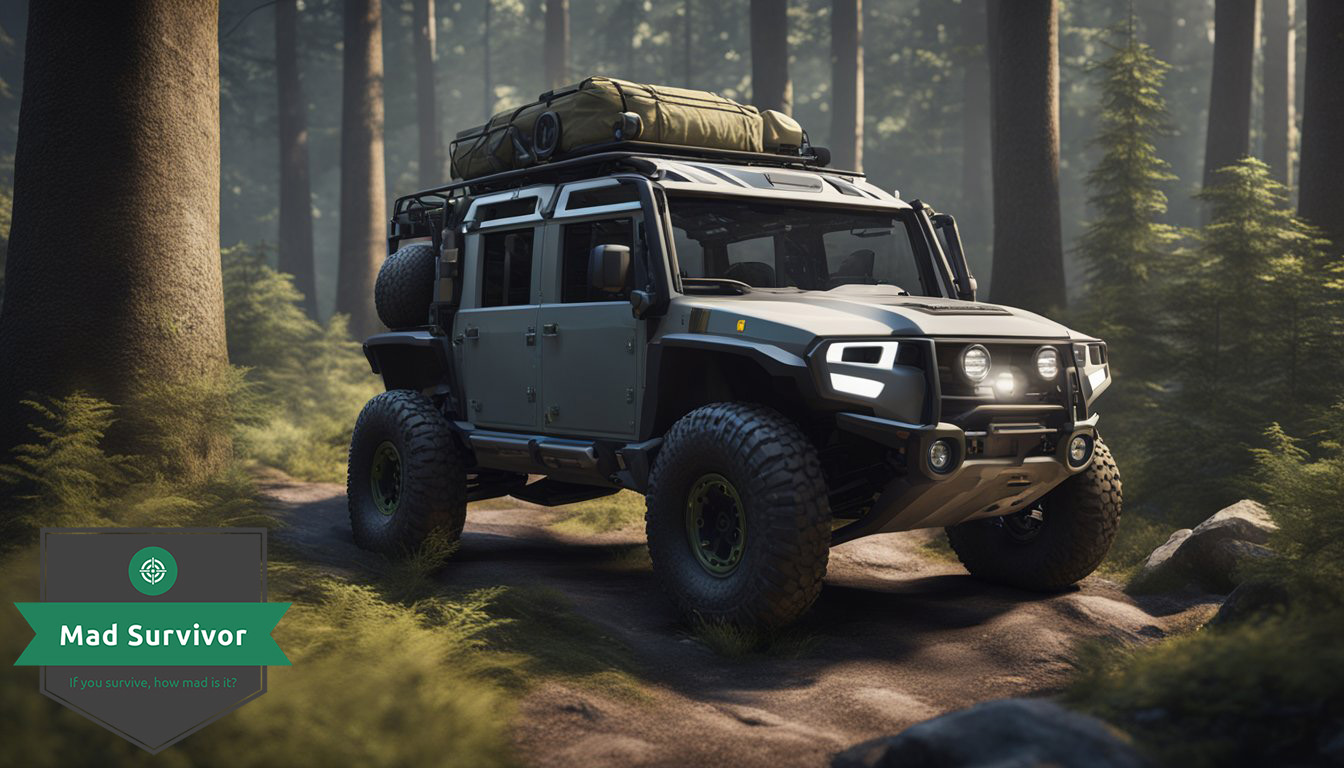
Specific vehicles offer unique advantages depending on your needs and environment.
Bike and Motorcycle Setups
Bicycles and motorcycles are agile options for navigating through congested areas. For a bug out bicycle, you want something robust, like a mountain bike, outfitted with puncture-resistant tires and cargo racks for supplies. A bug out motorcycle should have off-road capabilities, a fuel-efficient engine, and storage solutions such as saddlebags or a cargo net for your essentials. Here’s a basic setup:
- Bug Out Bike:
- Type: Mountain Bike
- Tires: Puncture-Resistant
- Extras: Cargo Racks, Water Bottle Holder
- Bug Out Motorcycle:
- Engine: Fuel-Efficient; 250cc or higher for power and distance
- Terrain: Off-road Capable
- Storage: Saddlebags, Cargo Net
RV and Truck Modifications
For long-term sustainability and greater cargo capacity, an RV or truck can be your moving sanctuary. For a bug out RV, look into all-terrain models with plenty of storage and living space. Solar panels can provide off-grid power, and additional fuel tanks extend your range. A bug out truck should preferably be 4WD with a heavy-duty suspension, capable of driving over rough terrains, and equipped with a camper shell or bed cover for security and storage. Here’s a summarized guide:
- Bug out RV:
- Base: All-Terrain Capable
- Living: Ample Storage and Space
- Power: Solar Panels
- Range: Additional Fuel Tanks
- Bug out Truck:
- Drive: 4WD with Heavy-Duty Suspension
- Terrain: Off-Road Equipped
- Security: Camper Shell or Bed Cover
- Storage: Tool Boxes, Bed Organizers

Leave a Reply